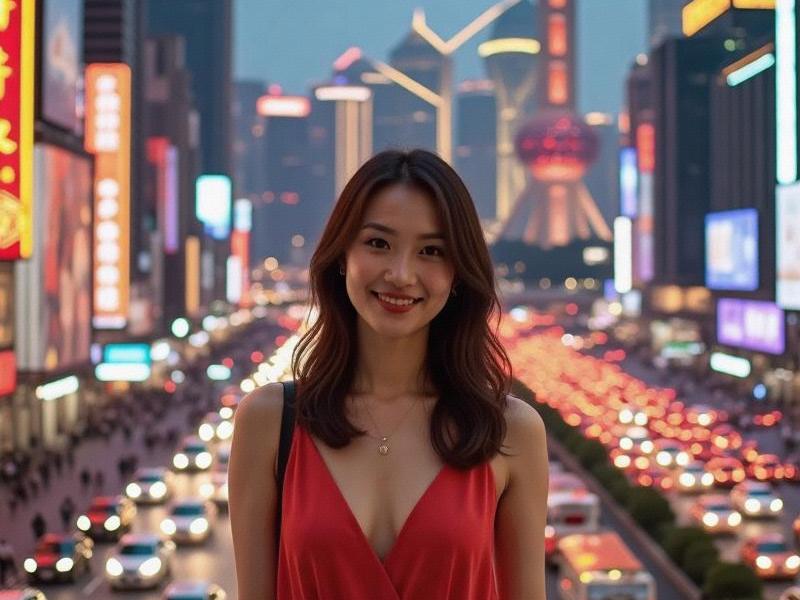Shanghai's Cultural Renaissance: How a Global City Rediscovers Its Soul
⏱ 2025-06-06 00:50 🔖 爱上海同城对对碰
📢0℃

The Phoenix of the East Rises Again
Shanghai's cultural landscape is undergoing a remarkable transformation. From the revitalized lanes of Tianzifang to the futuristic West Bund Museum Cluster, the city is rewriting its cultural narrative while preserving its unique historical character.
Section 1: The Heritage Revival Movement
1. Architectural Preservation
- Adaptive reuse of Shikumen buildings
- The Bund conservation project
- Colonial-era warehouse conversions
2. Intangible Cultural Heritage
- Revival of Shanghainese language programs
- Traditional crafts in the digital age
上海龙凤419 - Contemporary twists on Jiangnan culture
Section 2: The Creative Economy Boom
1. Cultural Districts
- M50 Art Park's evolution
- Xuhui Riverside cultural corridor
- Hongkou's film industry cluster
2. Digital Content Creation
- Short video platforms showcasing local culture
- Virtual reality heritage experiences
- AI-assisted artistic creation
上海夜网论坛
Section 3: Global-Local Tensions
1. Cultural Identity Debate
- Balancing cosmopolitanism with local roots
- Generational divides in cultural consumption
- The "New Shanghainese" phenomenon
2. Policy Challenges
- Censorship in creative expression
- Commercialization vs authenticity
- Urban renewal displacement issues
上海花千坊龙凤 Section 4: Future Projections
1. Emerging Trends
- Hybrid physical-digital cultural spaces
- Youth subcultures reshaping nightlife
- Sustainable cultural tourism models
2. Global Ambitions
- Shanghai as Asia's new culture capital
- International cultural exchange programs
- Biennale and festival expansions
Conclusion: The Shanghai Model
Shanghai's cultural renaissance offers a compelling case study in urban cultural evolution, demonstrating how global cities can honor their past while innovating for the future. As Shanghai prepares to host the 2026 World Cultural Forum, all eyes are on how this dynamic city will continue to redefine urban cultural development.
Shanghai's Quantum Leap: How China's Financial Capital is Reinventing Urban CivilizationThe Shanghai Beauty Revolution: How China's Fashion Capital Is Redefining Global AestheticsShanghai's Green Transformation: Pioneering Sustainable Urban Development in the 21st CenturyThe Shanghai Megaregion: Redefining Urban Development in the Yangtze River DeltaShanghai's Entertainment Clubs: A Blend of Tradition and ModernityShanghai's Nightlife Renaissance: How Luxury Clubs Are Redefining Urban EntertainmentShanghai's Green Transformation: Pioneering Sustainable Urban Development in the 21st CenturyShanghai's Daughters: How China's Most Cosmopolitan Women Are Redefining FemininityShanghai's Nightlife Renaissance: How Luxury Clubs Are Redefining Urban EntertainmentShanghai 2045: The Megacity Redefining Urban Futures

